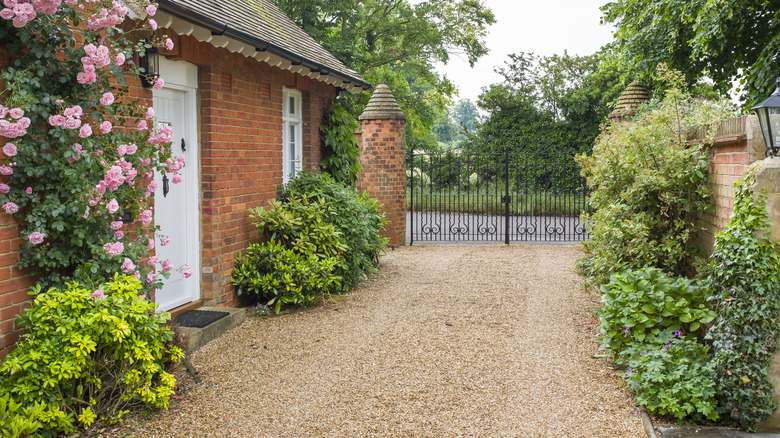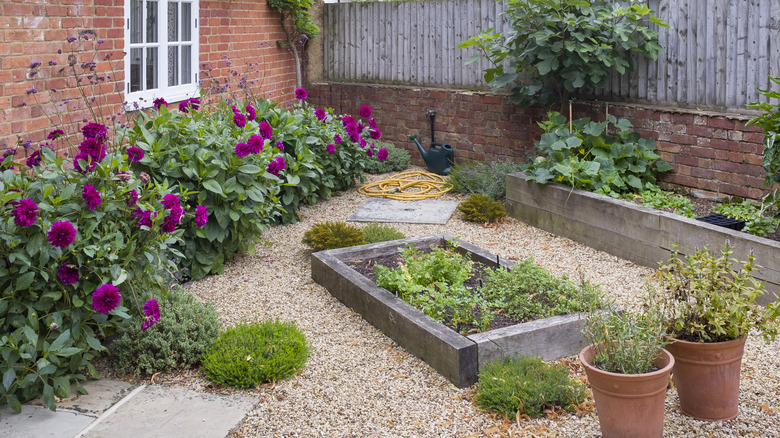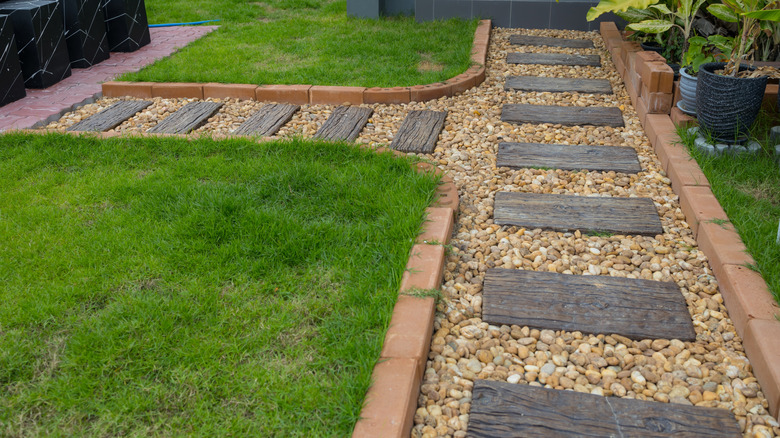How To Prevent Costly Errors When Landscaping With Gravel
If you're tired of endless mowing and sky-high water bills from lawn care, adding landscaping gravel to your yard can give you stylish, affordable curb appeal with little maintenance. However, to get the most out of your gravel project, you need to understand the different types of gravel and avoid making some common mistakes that can leave you with a soggy, uneven yard that doesn't reflect your carefully cultivated aesthetic.
One of the most common mistakes you can make is not understanding the soil in the area where you're planning to put the gravel. You need to know how water drains to decide on the best type of base layer for your gravel. Another closely related error is not preparing the landscaping area properly. Without adequate preparation, you may have drainage problems, weeds, and scattered gravel.
Using the wrong kind of gravel for your project is another critical mistake that can leave you with a project that looks amateurish and doesn't work as intended. While pea gravel is beautiful, it's not one of the types of gravel that are best for driveways because it will shift under the heavy weight of a vehicle. Crushed rock is often used for construction projects but tends to lack the smoothness and wow factor of a more decorative type of gravel such as river rock. Finally, don't forget you need to maintain your gravel. Many people choose gravel landscaping because it's low maintenance, but it's not completely maintenance free. If you skip this step, you could end up with gravel beds that are overrun with weeds or standing water.
The right way to landscape with gravel
You can avoid making these mistakes by planning ahead. Because gravel naturally allows water to flow through, it facilitates drainage. But it also needs a compact base as a foundation. If your soil is clay, you may be able to get by with tamping down the soil. If you have sandy soil, you'll need to create a more stable base with stone pack — a mix of small stones and stone dust.
Start by getting rid of anything growing in the area, such as grass or weeds. Use a shovel or hoe to loosen the soil and remove any big rocks. Level the area with a rake. Then, use a tamping tool to tamp down either the dirt or a 2-inch layer of stone pack. If you're using stone pack, start with 2 1/2 inches and tamp it down to 2 inches. Cover your base layer with landscaping fabric to keep weeds out of your gravel and cut down on the maintenance. Put in your edging material, and stake it down to contain your gravel.
The next step is the fun part — adding your gravel. You'll need to choose a type that fits your project and your style. Projects such as landscaping beds or borders give you the most options. You can use larger gravel, such as Mexican beach pebbles, that are tumbled smooth and available in colors that will complement your home. If you're using gravel for a patio or walkway, you'll need to go with something that's easier to walk on, such as decomposed granite or pea gravel. For driveways, construction gravel is a budget-friendly option that won't shift as much as larger gravel. Rake your gravel to distribute it evenly over the surface. To maintain your gravel, periodically rake it, pull any weeds that break through the landscape fabric, and use a leaf blower to get rid of dirt and debris from the surface.
Why gravel landscaping mistakes can be so expensive
Although gravel landscaping projects can be less expensive than some other options, they are still a significant investment. Gravel costs between $20 and $100 per cubic yard, in addition to the labor involved in preparing your yard and spreading the gravel. If you don't understand your soil type, you may create an inadequate base layer, which could result in your gravel shifting or even washing away during a heavy rain. Fixing the issue is time consuming, and it could cost you money for new gravel and repairs to nearby grass and landscaping.
Using the wrong type of gravel for your project may cause you to have to redo the entire project. For example, if you use large, smooth gravel for your driveway, the surface will constantly shift when you drive over it, leading to uneven patches, ruts, and drainage problems. Unfortunately, adding more gravel to an existing gravel driveway won't solve the problem, so you'll have to make costly repairs.
Gravel is fairly low maintenance, and upkeep won't take much time. But neglecting it can lead to time-consuming and expensive labor. If you make it a habit to clean your gravel beds with a leaf blower every few weeks and pull up any stray weeds, they'll maintain their look. If you let it go too long, instead of having a sophisticated and polished yard, you'll have gravel that's caked and crusted with stuck-on dirt that will be much more expensive to restore to its original condition.


